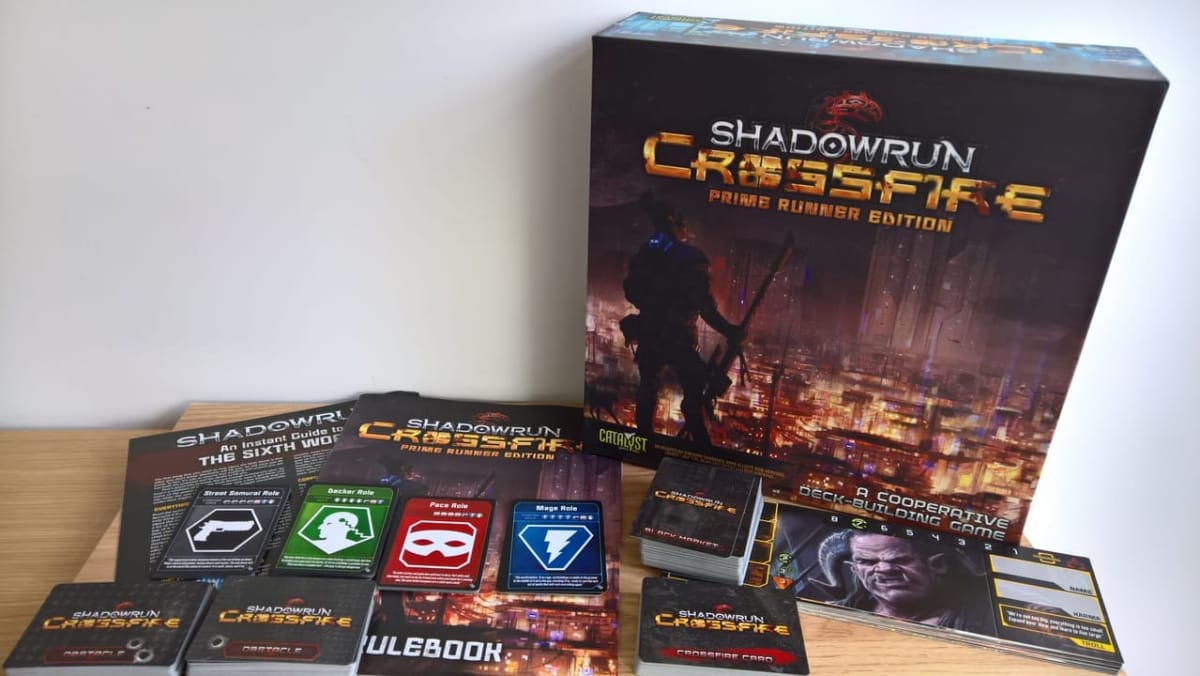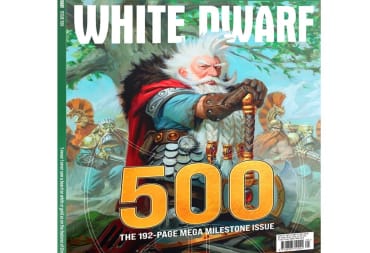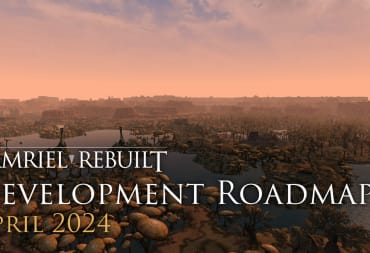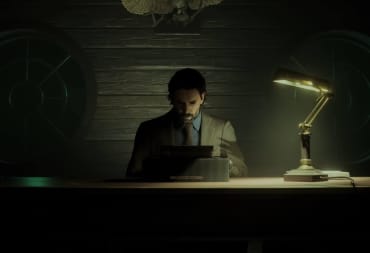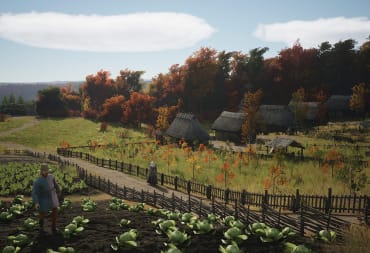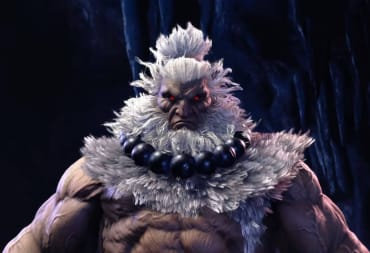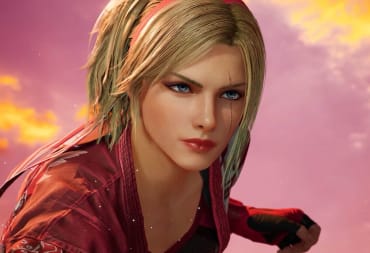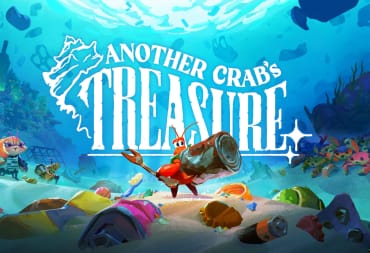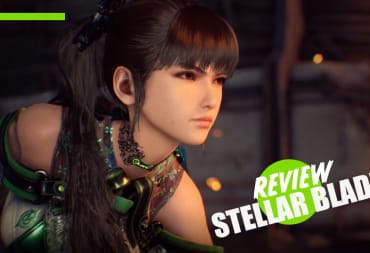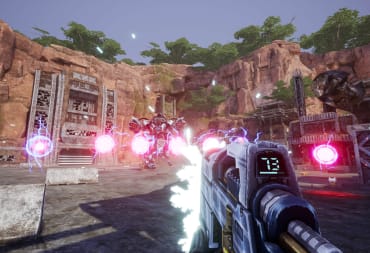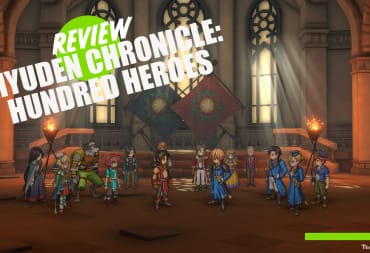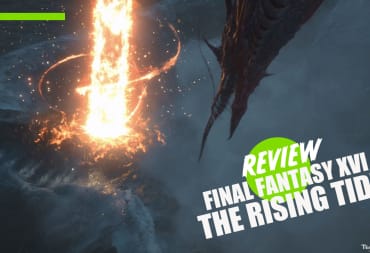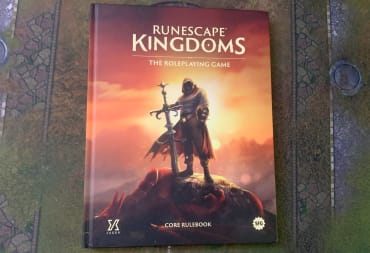Shadowrun Crossfire is a deck building game based on the popular roleplaying game, Shadowrun, first published in 1989. For those unfamiliar with Shadowrun, it's a futuristic setting with a high fantasy twist, swords, sorcery, and high caliber weaponry. The Prime Runner Edition is an updated and upgraded version of the original Shadowrun Crossfire released in 2014 and adds an updated rulebook, improved character screens, and some cards changed from the original edition. For those players who have the original edition, a Refit Kit can be purchased that will bring your original edition up to date.
Players who've played Dragonfire, the Dungeons and Dragons (D&D) deck building game from Wizards of the Coast (WotC) and Catalyst Game Labs (CGL), will find a lot similar in Crossfire. Players who've played other deck building games will also find a lot familiar with Shadowrun Crossfire and should be able to pick it up pretty quickly. For those not familiar with deck building games, they can be a mixture of board games and roleplaying games, where each player starts with their own personal deck of cards, which they add to during the game and use to complete missions and defeat adversaries.
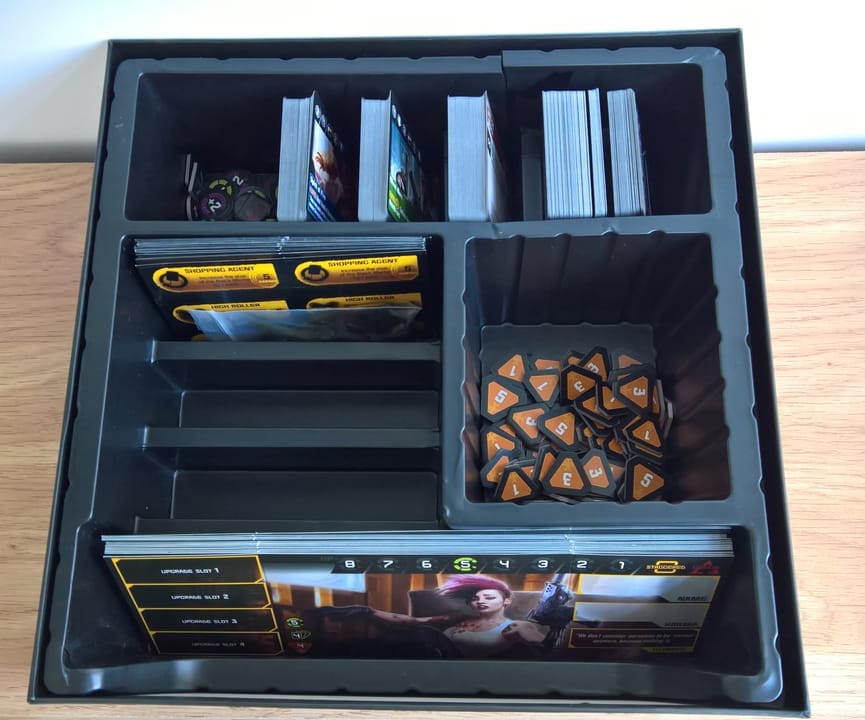
The Shadowrun Crossfire Prime Runner Edition comes full of contents, but they don't even half fill the box they come in, this speaks volumes in terms of CGL's expansion plans for the game, one of which is mentioned in the rulebook, which we'll talk about later. The box contains several decks of cards, character screens, tokens and some upgrade stickers for the character screens.
Games of Shadowrun Crossfire start with selecting a mission, the mission card dictates the scenario, set up and details of the playthrough for the game. Missions are made up of a series of obstacles that the runners have to overcome. Obstacles are drawn from the Obstacle deck and the number drawn is dictated by the mission, but it's usually one per runner. The obstacle cards detail any effects that happen when they come into play, and also contain a damage track that players have complete it in order to defeat it. Players need to deal damage equal to each part of the damage track in order to remove it from play and gain the rewards. Once all obstacle cards are removed, players get to catch their breath before moving onto the next part of the mission.
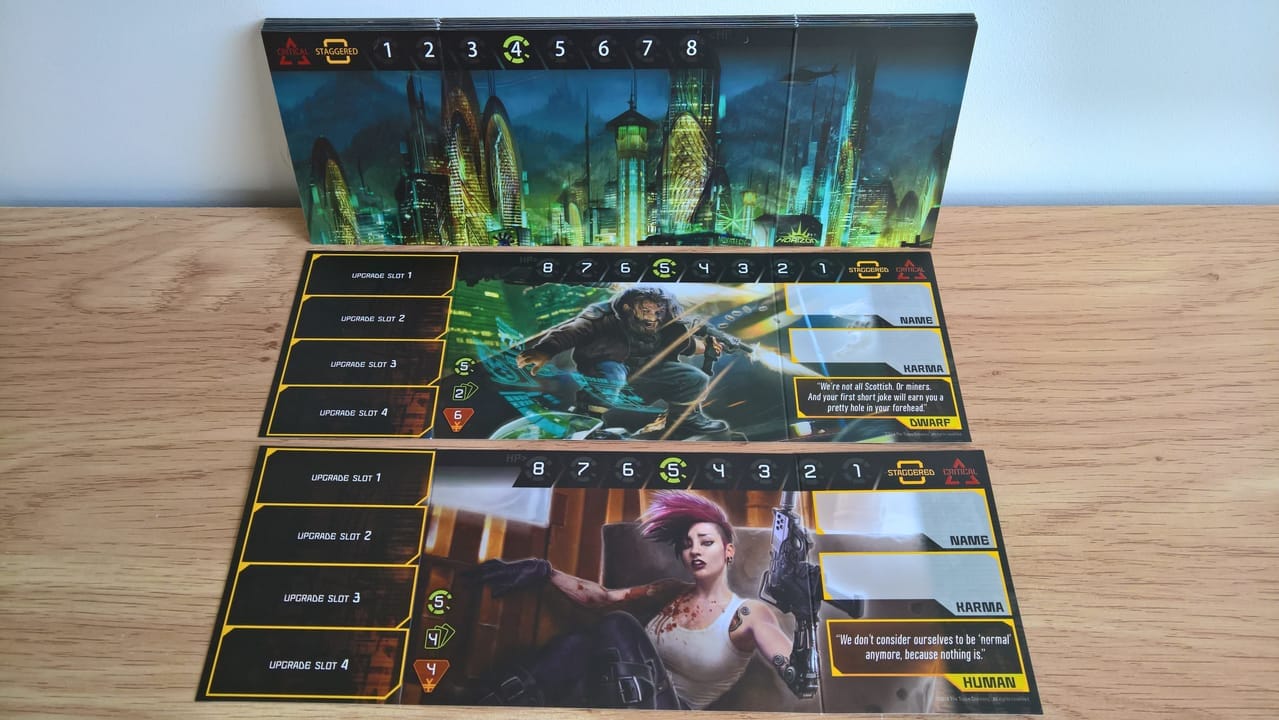
When players begin playing they have to select a race and a class (very common in roleplaying game character creation). In Shadowrun Crossfire there are several races, with a couple of options in each. The races available are Ork, Human, Troll, Dwarf and Elf. The race you choose dictates the basic balance of three starting stats, health, starting hand and Nuyen (the currency used in Crossfire to purchase cards). These are all carefully balanced as characters who have a lot of cards in hand can usually do a lot of damage in the early turns to obstacles, but can't take much damage back where as characters like Dwarves can take a lot of damage, but might have a smaller hand.
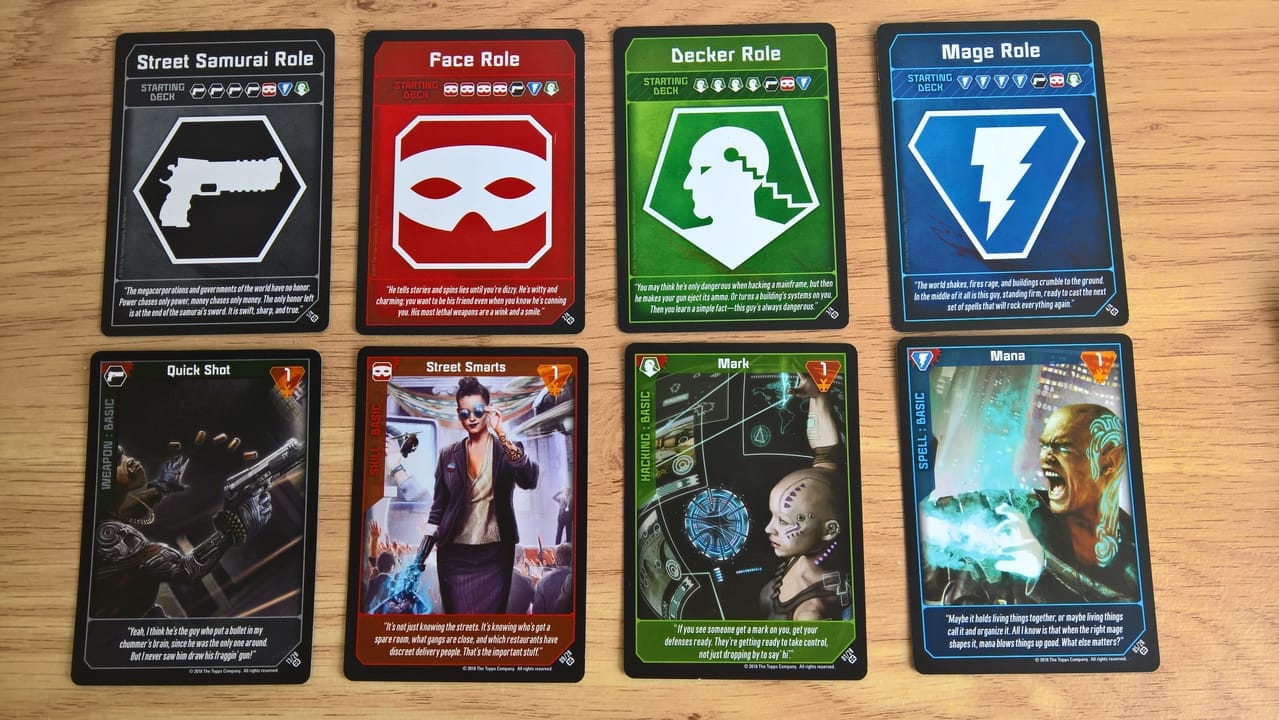
The roles that players chose dictate the starting deck they'll begin with and some cards react to certain roles. There are four roles and while players can all take the same race, there can only be one player of each role (and if you are playing with less than four players, some players will also take multiple roles, but only the deck for their primary role). The four roles are Street Samurai (the muscle), Face (the fixer, street smart dealer), Decker (hacker) and Mage (the magic user). The starting role essentially dictates how many of the role's card you get in your starting deck. There are four starting deck cards (Quick Shot, Street Smarts, Mark and Mana) and each deck starts with 4 of their role's cards and one of each of the others.
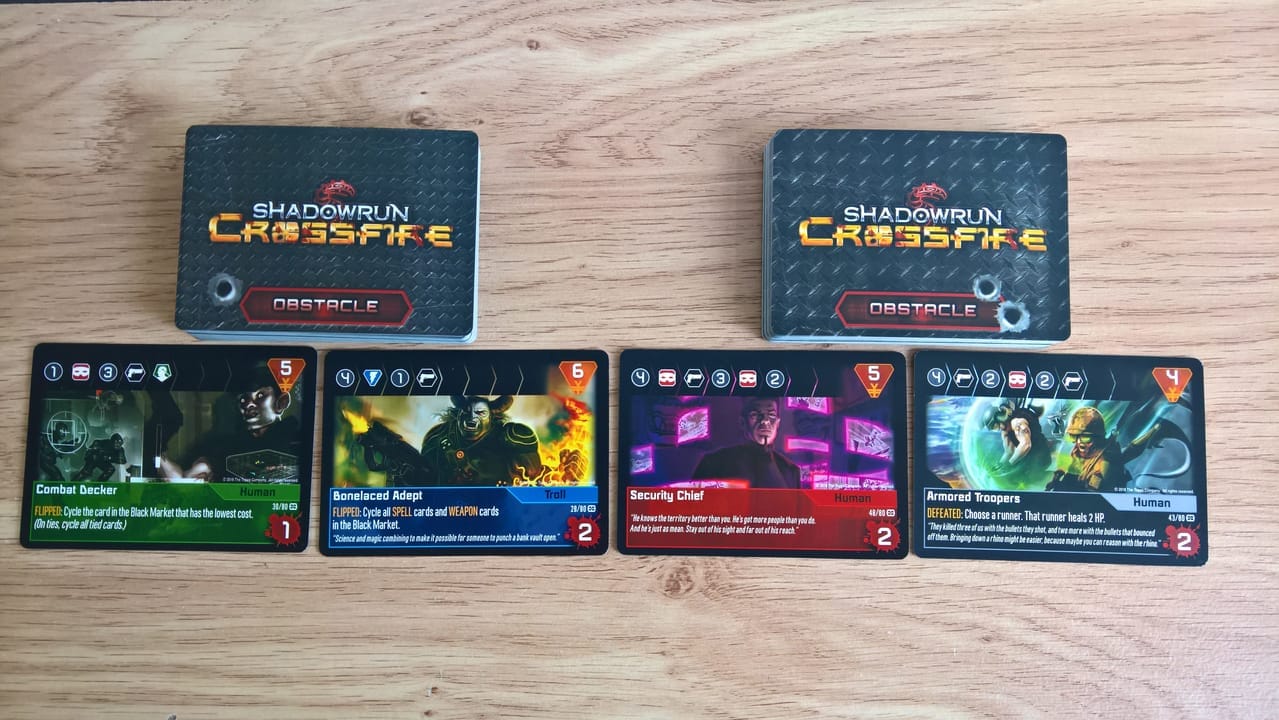
During games of Crossfire, players take it in turns to move through a series of stages. Players play cards next to obstacles, completing any abilities listed on the cards. Players can play cards on against any obstacle, it doesn't have to be the one facing their character, and they will usually have to as the different roles require players to help each other out as they don't all have access to the same level of role cards.
After playing all the cards and resolving their abilities, the damage on the cards played is dealt to the obstacles and if the tracks is completed, they're removed and rewards gained. If the damage track isn't completed, any obstacles in front of the player deal damage to them. If the player survives, they draw two cards if they have less than three in their hands and they are then able to purchase more cards from the Black Market straight into their hands, ready for next turn. The Black Market cards are a central pool of cards available for all players to purchase.
Players can also play some cards during their allies turns and activate the assist abilities list on those cards. Between those assist abilities and playing cards against obstacles facing other players, it requires a large amount of communication and planning between all players.
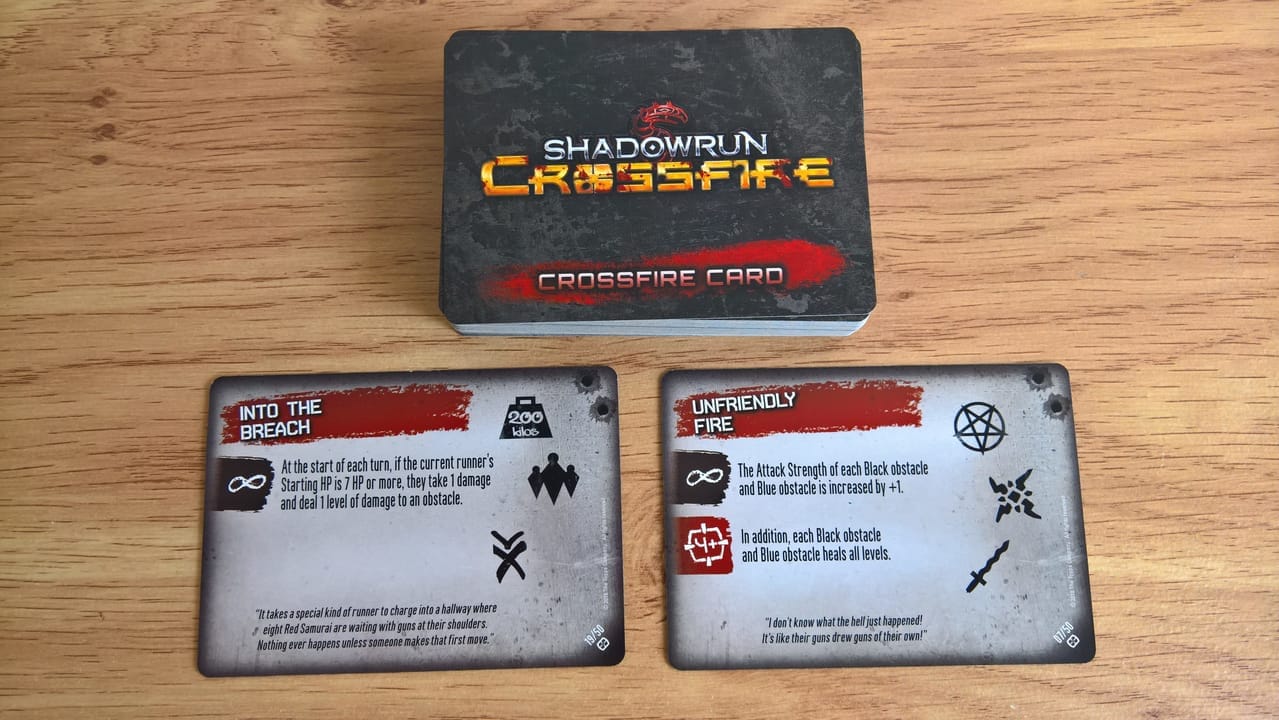
Each turn players also draw a Crossfire card, which adds further depth and difficulty to the missions. Each Crossfire card drawn adds to the Crossfire Level. which starts the game at zero, and some cards add additional activations and difficulties depending on the Crossfire Level.
The real depth to Shadowrun Crossfire comes as players build and develop their decks during missions and in the early games card choices are very important. Some obstacles require a select types of damage to clear obstacles, so a poor draw can mean that players aren't clearing obstacles, which means they are taking damage from them. Healing is a limited resource in the early stages, so not clearing obstacles early can be devastating and players are usually operating on the last few health points during the late stages of a mission.
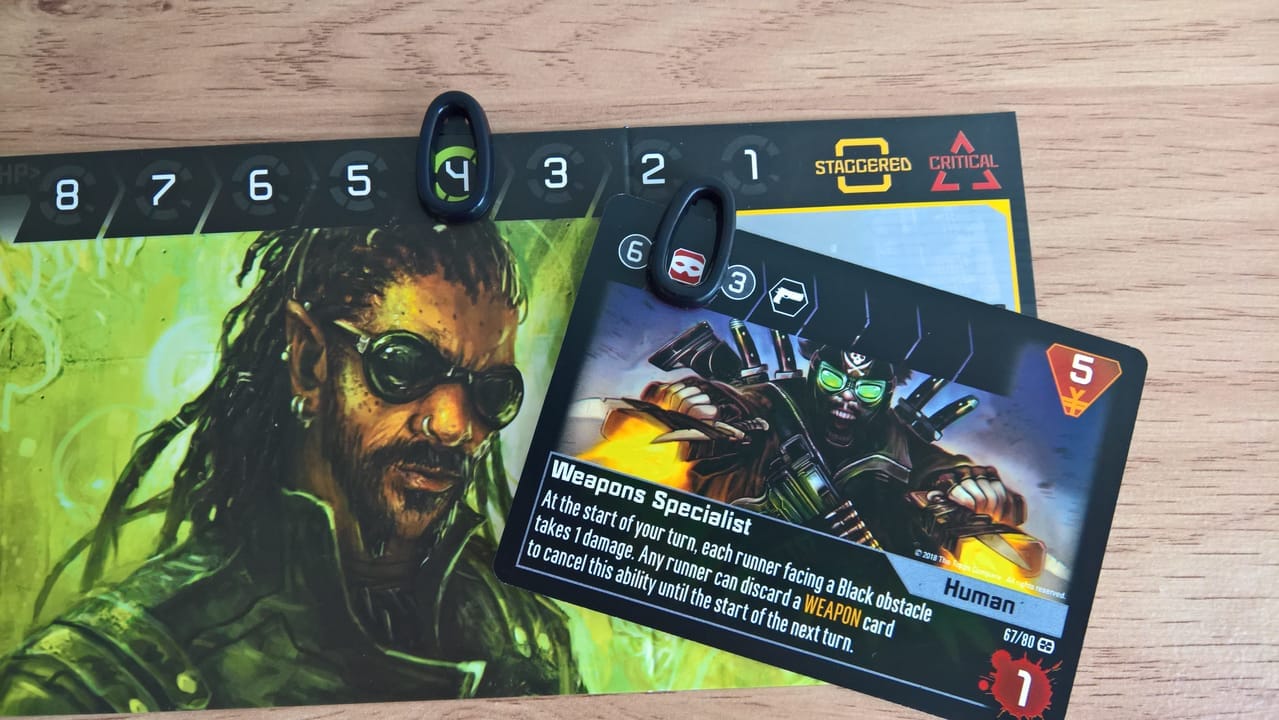
The relentless nature of the obstacles constantly doing damage to the players is what gives Shadowrun Crossfire is brutal reputation. It is challenging, but it can be beaten. Runners can abort a mission, taking what they can and escaping for another day, and this becomes the norm during Crossfire campaigns. This feels entirely reasonable and shouldn't be taken as defeat. Your group of runners at the beginning are a mish-mash gang taking on major corporations. Your gang would be making probing attacks, or rushed jobs, then trying to escape, building their equipment, skills and knowledge before the big score and then eventually, when the gang are skilled and equipped enough, they can take on bigger and bigger jobs.
The joy of playing Shadowrun Crossfire is if your group really get into it and this is where groups with roleplaying experience will really find a lot of enjoyment. If it's just a numbers game, playing cards against other cards, it can be like any other game. But the Shadowrun setting and narrative of the players can really drive games of Crossfire.
The obstacle your group comes up against is a Security Chief. He's been onto your group for a while, but now he's looking to shut you down. Hash, the Troll Face pulls in all the contacts he can, making sure that the Security Chief's enemies know where he, slowing down his search for the group. Things get heated though, and despite the distractions wrought by Hash, the Security Chief finds their location and Phar'nok, the Elf Street Samurai has to step up. Drawing his katana, Phar'nok prepares for war.
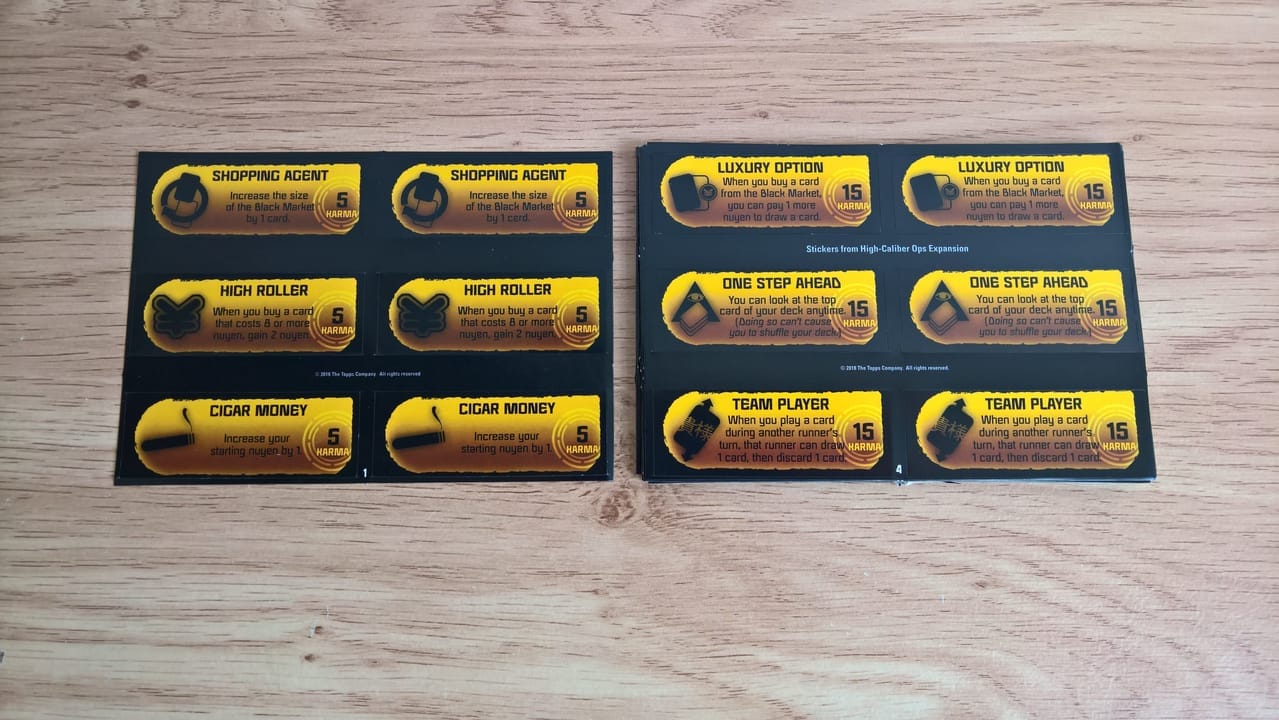
Shadowrun Crossfire also has a campaign mode in which you earn Karma and buy upgrades. The upgrades are stickers that fit onto your Character screen and add benefits like Cigar money, that increases your starting resources by 1. Decks refresh to starting decks after each mission is completed or aborted, so the campaign focus is on characters building up and improving with upgrades as they collect karma. We'd like to see a mechanic where you keep a certain amount of cards in your deck between missions during the campaign, but balancing that against all the obstacles would be impossible and characters would eventually be able to burn through challenges so we understand why this isn't the case. Some upgrades do allow you to add cards to your starting deck.
There are limited missions out of the box, which is enough for a rich enough campaign but it's not endless. The variety comes from the obstacles and crossfire cards the runners will face. But think of the Prime Runner Edition like a starter set, and if CGL expand it as they have Dragonfire, there will be plenty of content to keep players entertained.
Crossfire is only currently for 1 to 4 players, however the rulebook is mentions the expansion High Caliber Ops, which is currently out of print from the original version of Crossfire. But we hear that a new version of this is planned for release very soon, and it will add another two roles (increasing the player limited to 5 and 6), along with more missions and obstacles.
The Bottom Line:
Shadowrun Crossfire is an interesting game. It's challenging and brutal, but very enjoyable. It requires constant communication between the runners in order to defeat the obstacles facing them. There's a lot of room for future content and players can get a lot of play out of the box, but further expansions will be required to keep it fresh. In order to avoid it being a purely numbers game, playing card types against obstacles, players need to get into the narrative. The Shadowrun setting is deep and the artwork and flavor text enhances this.
You want a game that requires communication and cooperation at its heart.
You want a deck building game in the Sixth World setting.
You want a deck-building game that is enhanced by narrative.
You want a deck-building game that pulls no punches and leaves no prisoners.
You don't like deck-building games.
You want an easy ride.
Review Summary
Shadowrun Crossfire Prime Runner Edition is a brutal deck-building game. Players are the underdogs and need to communicate and cooperate to win. There's a lot of depth straight out of the box, but not endless play, so expansions should be expected to keep it fresh. A great challenge, in a fantastic setting.
(Review Policy)Have a tip, or want to point out something we missed? Leave a Comment or e-mail us at tips@techraptor.net
